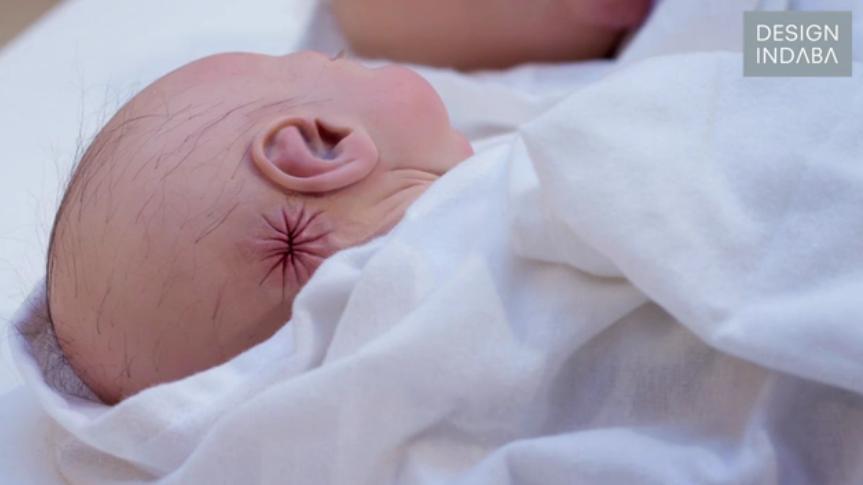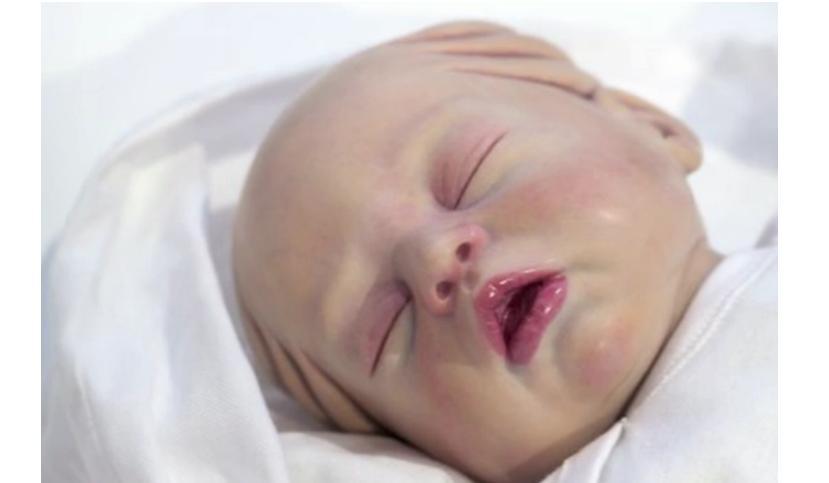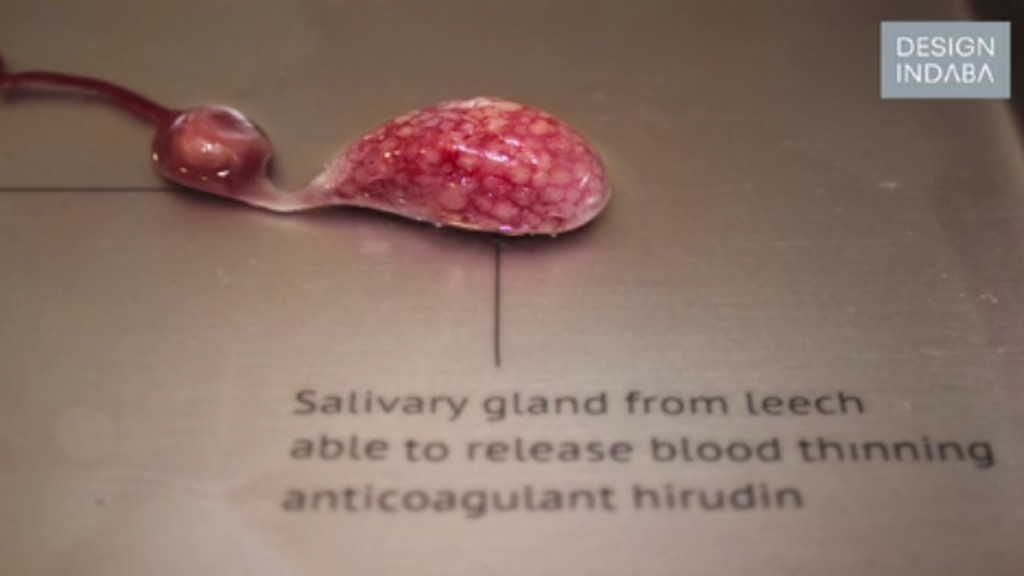Researcher Believes 3D Printing May Lead to the Creation of Superhuman Organs Providing Humans with New Abilities
 Evolution is what got us here today, if you accept the scientific approach to our creation. It was processes such as ‘survival of the fittest’ which led us, as well as other earthly creatures, to develop some of the traits, senses, and abilities that we possess today.
Evolution is what got us here today, if you accept the scientific approach to our creation. It was processes such as ‘survival of the fittest’ which led us, as well as other earthly creatures, to develop some of the traits, senses, and abilities that we possess today.
For superhero fans, especially those who love the X-Men, you know that these superhuman characters acquired their powers through the process of evolution. Little mutations in genes led to them become the recipient of more than simple human-like abilities. Wouldn’t we all like to have the ability to see through objects, climb walls, retract claws from our fists, or have superhuman strength? Well, one speculative designer from the Royal College of Art in London, named Agatha (Agi) Haines, believes that one day in the future this may all be possible, thanks to a technology called bioprinting.
For those who don’t know, bioprinting is basically the 3D printing of human cells. Companies and researchers around the world are currently working on ways of 3D printing organs, parts of organs, blood vessels, and more. In fact, just a couple of weeks ago, a company called Organovo announced that they have made 3D printed human liver tissue available for commercial use. The CEO of Organovo, Keith Murphy, believes that his company is only 4-6 years away from 3D printing partial livers for human implantation.
Agi Haines’ main focus in her study is the design of the human body. In a recent presentation that she gave at the Design Indaba Conference, she talked about the future of bioprinting and how it may one day soon put us in the position of Dr. Frankenstein — designing humans beings the way we want.
This God-like ability will be made possible thanks in part to the latest breakthroughs in bioprinting. If companies and researchers are coming close to having the ability to 3D print and implant entire organs, then why wouldn’t it be possible to create our own unique organs, which provide us with superhuman abilities?
“A lot of my work is about the sort of weird and wonderful things that exist inside our bodies, and the potential for design around those things,” explained Haines. “So maybe not just natural selection, but also the future of evolution, or force evolution. (With bioprinting), taking ordinary technology from a normal office printer, you could replicate cells and print them layer upon layer to produce tissues or even organs, so it might make us start looking at the body as a system of almost interchangeable parts.”
Haines showed off several different models of babies that she had designed, which featured characteristics enabling them to be better suited living in futuristic environments. One example was a baby with extra large cheeks, so that it has the ability to absorb more caffeine, in turn allowing it to work longer hours and become more efficient. Another was a baby with flaps in its head, so that it could be better prepared for global warming. The flaps created more surface area on its face enabling it to ward off more heat. A third baby was modified to be missing a toe, which Haines said would make it more likely to contract hookworm, a parasite which makes it more difficult for the host to develop allergies. This could help prevent severe cases of asthma.
This isn’t all though, as Haines also came up with an idea for new, totally unique organs which could conceivably be created using bioprinting and then provide us with superhuman-like traits.
Her Electrostabilis Cardiuma defibrillator-like organ features electrocyte cells that can form a charge large enough to stop a person from having a heart attack. Another organ she came up with is called the Tremomucosa Expulsum, and it is designed for people with cystic fibrosis. It uses rattlesnake muscles to get rid of all the mucus from the lungs and dispel it through the stomach.
“What’s quite interesting about this sort of research is whether people might actually decide to have these sort of surgeries. Would we take the risk if it would benefit us?” Asked Haines. “Are we ready to take on that God-like ability, to manipulate the patterns of life, or are we ready to take on the strange relationship between created and creator like Frankenstein?”
Yet another organ that Haines came up with, and calls the Cerebrothrombal Dilutus, is one that uses the salivary gland from leeches. It is designed for people prone to having strokes, and is able to release blood thinning anticoagulant hirudin when it senses that the pressure in the brain is getting too high due to a possible blood clot. While Haines didn’t actually create organs that can take on these functions, she envisions bioprinting as a way in which we one day soon could.
Most people, when thinking about the potential that bioprinting provides the medical fields, imagine a day when we can 3D print replacement organs, thus prolonging life. However, what they don’t have the foresight to see, is what Agi Haines does; bioprinting will give us the ability to “force evolution,” providing us with new, superhuman abilities. Will bioprinting turn us into comic-book-like superheros? Probably not anytime soon, but it does open the door to a lot of potential breakthroughs.
What do you think? Will we one day soon be 3D printing organs which are unlike anything seen before in humans? Would this cause ethical issues, allowing humans to take on God-like abilities? Discuss in the ‘3D printing superhuman organs’ forum thread on 3DPB.com. Take a look at a few videos of Agi Haines discussing some of these ideas below (note the entire presentation is not yet available via the website).
Subscribe to Our Email Newsletter
Stay up-to-date on all the latest news from the 3D printing industry and receive information and offers from third party vendors.
Print Services
Upload your 3D Models and get them printed quickly and efficiently.
You May Also Like
America’s Manufacturing Crossroads: 2026 Is The Year Excuses Run Out
Authored by Seurat’s CEO, Co-Founder & Co-Inventor, James DeMuth As 2026 begins, one truth is impossible to dismiss: manufacturing is not an industrial legacy. It’s national infrastructure, and the United...
Will the FCC New Drone Ban Be a Boon for 3D Printing?
The US FCC (Federal Communications Commission) has said that it will not certify any new foreign-made drones for use in the US. Models currently on offer in the US can...
3D Printing News Briefs, October 15, 2025: Thermal Simulation, Ceramic Fuel Cells, & More
In today’s 3D Printing News Briefs, Dyndrite and Ansys are collaborating on reducing risk in metal AM, and researchers from the Technical University of Denmark are 3D printing ceramic, coral-inspired...
Breezm 3D Printed Eyewear Arrives in the U.S.
Last month, 3DPrint.com received an invite to test out Breezm’s personalized 3D printed eyewear experience. We accepted with eyes wide open and came away with eyes comfortably shaded, clad in...



































